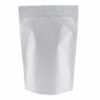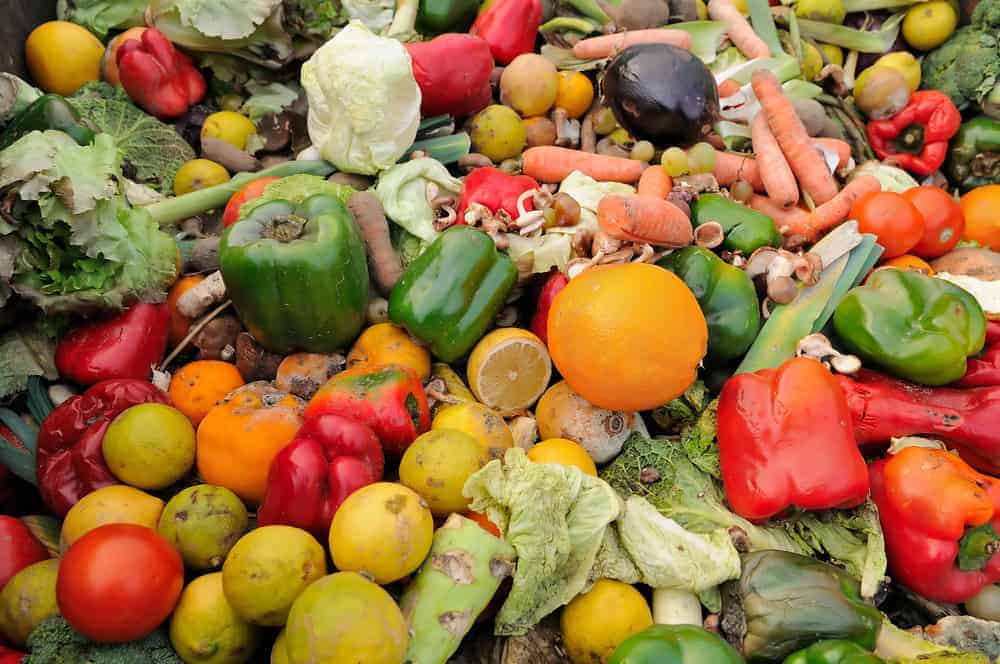Blog
The Truth Behind the Ugly Produce Movement
In the US alone, about $218 billion is spent on food that never reaches consumers and is never eaten by anyone. The food waste crisis is severe, with about 30 – 40% of the food supply going to waste every year, according to the USDA. That translates to 63 million tons of food waste every year. This amount of waste has some dire impacts on climate, resource conservation, and also – food security.
Food that would otherwise have been used to feed hungry families is sent off to landfills, where it breaks down to methane, contributing to climate change. Further, this makes landfills the third-largest contributor of methane in the United States. As all this happens, more than 43 million Americans are considered to be food insecure.
What’s more troubling is that the most significant source of this food waste happens in our own homes. An estimated 150,000 tons of food is thrown away by US households every day! This figure translates to 43% of annual food waste, making it the single-largest contributor to this issue. Once consumer-facing businesses like groceries and restaurants are added into the mix, the combined waste comes to more than 80% of the total food waste.
Contrary to information peddled by ugly-produce proponents, less than 20% of food waste happens at farms and packinghouses. The ugly produce trend may be helping a few farms and businesses flourish, but they hardly make a dent in reducing the amount of food going into landfills. The situation is sadly made worse by the public’s lack of understanding of how the food supply chain works.
Impact of Ugly Produce Startups
Ugly produce startups suggest that a large portion of food waste is caused by food getting thrown out because of deformities. Their proposition is that food that looks bad doesn’t sell and ends up being thrown away as waste. Venture capitalists seem to support that argument, with companies like Hungry Harvest, Food Maven, and Imperfect Produce raising over $125 million in 2018.
However, the impact of dealing with ugly produce is a lot more complicated than it seems. Farms run on really tight margins and can’t afford to throw food away because of cosmetic reasons. Ugly produce companies are able to turn deformed produce into a profit at packinghouses. Here, food is sorted into different tiers – the top-quality food goes to high-end grocery stores, the middle tier goes to food banks, and ugly produce vendors. The rest is processed into jam, salsa, soups and the like. Packinghouses are incredibly efficient and account for less than 1% of food waste.
In 2016, food banks across the country received about 1.8 million tons of food from grocery stores across the US. In 2018, after the proliferation of ugly produce startups, this number dropped to 700,000 tons. Food that would have otherwise gone to feeding the needy has converted into someone’s business.
The delivery startups counter this, stating they do not take anything from food banks. The issues they are concerned with are consumer concerns about excessive material used in food packaging and the need to inspect produce quality post the packinghouse.
Solutions to Reduce Waste
Some proponents of the ugly produce movement argue that if larger corporations picked up on the trend, there would be a significant dent in food waste. At one point, both Walmart and Whole Foods have tried selling blemished foods in the past at a discount, but consumers didn’t pick it up.
Even at a massive discount, malformed apples didn’t appeal to customers as much as they hoped, especially when placed side-by-side with better-looking produce. Other stores, however, picked up on the trend and appear to be doing well, including a Hy-Vee store in Iowa.
If the experts agree that ugly produce isn’t going to reduce the amount of food waste, are there any ideas being brought to the table, instead? Sure, but the problem lies in the old mantra of ‘reduce, reuse, and recycle’ and everyone needs to do their part to complete the cycle. Unfortunately, such initiatives never sell as well as the marketing lingo ugly produce startups dish out.
One of the most effective measures proposed so far is biochar. Biochar is a process of heating inedible food to the point it turns into charcoal. This coal can be used as fertilizer but has one up on traditional methods like composting since no separate collection and handling is needed. The process can be carried out even with waste mixed with trash.
The ‘reuse’ aspect of the three Rs would be of most use to grocery stores which could donate food that’s gone past the sell-by date to food banks. The sell-by date is merely a recommendation on the producers’ part as to which date they can guarantee the food will still be well. However, on that sell-by date, the food still has some ways to go before bacteria overtakes it.
Currently, infrastructure such as auditing software, refrigerated trucks and other means of cold storage, which can simplify the process are still largely unavailable. Reducing food waste thus goes far beyond merely taking care of certain aspects of the food supply chain.
Need of the hour: Education and funding
A lot of it comes down to education and funding. Food banks need money for the missing infrastructure. Potential donors need to be educated about liability laws. Plus, tax incentives and regulations need to be introduced at food waste hotspots. Such measures would help recover well over 900,000 tons of food, or, roughly 1.7 billion meals for the needy. That’s also a lot less methane in the atmosphere.
Luckly, to eliminate waste from their production and supply chains, some manufacturers have taken the mantra to a whole new level of creativity. For instance, recent startup WTRMLN WTR is creating fresh beverages using all parts of melons not shipped over to retailers.
Another startup, Sir Kensington’s, manufacturers vegan mayonnaise using the leftover liquid from chickpea processing. While Barnana turns rejected bananas into ‘super potassium’ snacks.





